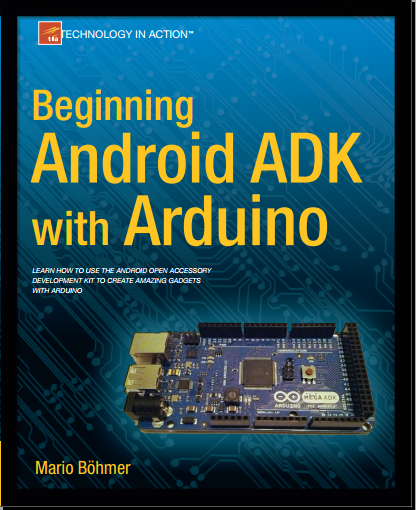In May 2011, Google held its annual developer conference, the Google IO, to present its newest technologies to approximately 5,000 attendees. In addition to improvements in its already well-known technologies such as the Google APIs or the core search technology, Google placed the focus on two major themes: Chrome and Android. As always, the newest advances in the Android Platform were presented and discussed, but what Google announced a bit later in the Android keynote was a bit of a surprise: Google’s first standard for Android devices to communicate with external hardware. The Android Open Accessory Standard and the Accessory Development Kit (ADK) will be the key for communicating with hardware and building externalaccessories for Android devices. To encourage development, Google handed out ADK hardware packages to interested attendees and showed some examples of ADK projects, such as a treadmill which transmitted data to a connected Android device and a huge tilt labyrinth, which could be controlled with an Android device. Shortly after the event, the first DIY projects surfaced which already showed the great potential of the ADK.
Since I couldn’t attend the event, I had no chance to get my hands on one of those kits; at the time, there was only one distributor for the Google ADK boards and this distributor wasn’t prepared for such a big demand. That didn’t stop me from building an alternative myself and from experiencing the joy of this new field in Android development. Over time, many more distributors have produced derivatives of the original Google ADK boards, which are, for the most part, cheaper and only provide the basics to get you started hacking your project together. You probably just want to dive right in, but first you should learn about the specifics of the ADK and set up your development environment. You wouldn’t build a house before you knew how to do it or without having the proper tools, would you?
PUBLISHER : APRESS

Komentar
Posting Komentar